Can You Really Eat Your Way to Smoother Skin? A Real-Talk Guide to Diet and Cellulite
So, let’s have a frank conversation. In all my years as a nutritionist focused on skin health, there’s one question that comes up more than any other. A client will lean in, gesture to their legs, and ask, “Seriously, what can I eat to make this go away?” They’re talking about cellulite, of course. And my answer is always the same: no single food is the villain, and no magic diet will make it vanish completely.
In this article
I know, that’s probably not what you wanted to hear. But honestly, understanding the reality of the situation is the first step toward making changes that actually work. Cellulite isn’t just about fat; it’s a structural thing. Imagine a net made of collagen fibers holding everything in place under your skin. In many women, this net has a vertical pattern. When fat cells expand, they can bulge through the gaps in that net, creating that familiar dimpled or ‘orange peel’ texture. Genetics, hormones, and the natural aging process are the main architects of this structure.

But here’s the good news. While you can’t change your genes, you have incredible control over your diet. The food you eat has a direct line to the health of your skin, your connective tissues, your fat cells, and even how much fluid your body holds onto. A smart diet can’t delete cellulite, but it can absolutely help minimize its appearance by strengthening that support net and reducing the factors that make dimples more obvious. Let’s get into the practical, no-fluff advice that I share with my clients every day.
Why Your Plate Actually Impacts Your Skin
To make better choices, you need to know the “why.” This isn’t about good foods vs. bad foods. It’s about what’s happening on a biological level when you eat. Think of it this way…
Your skin has a scaffolding made of collagen that keeps it firm. When that scaffolding is strong, it does a much better job of holding fat cells smoothly in place. But when you eat a lot of sugar or super-refined carbs (think white bread, pastries, soda), that excess sugar can latch onto your collagen. This process creates nasty little molecules that make your collagen stiff, brittle, and weak. Your strong scaffolding essentially starts to fray, making it easier for fat to bulge through.
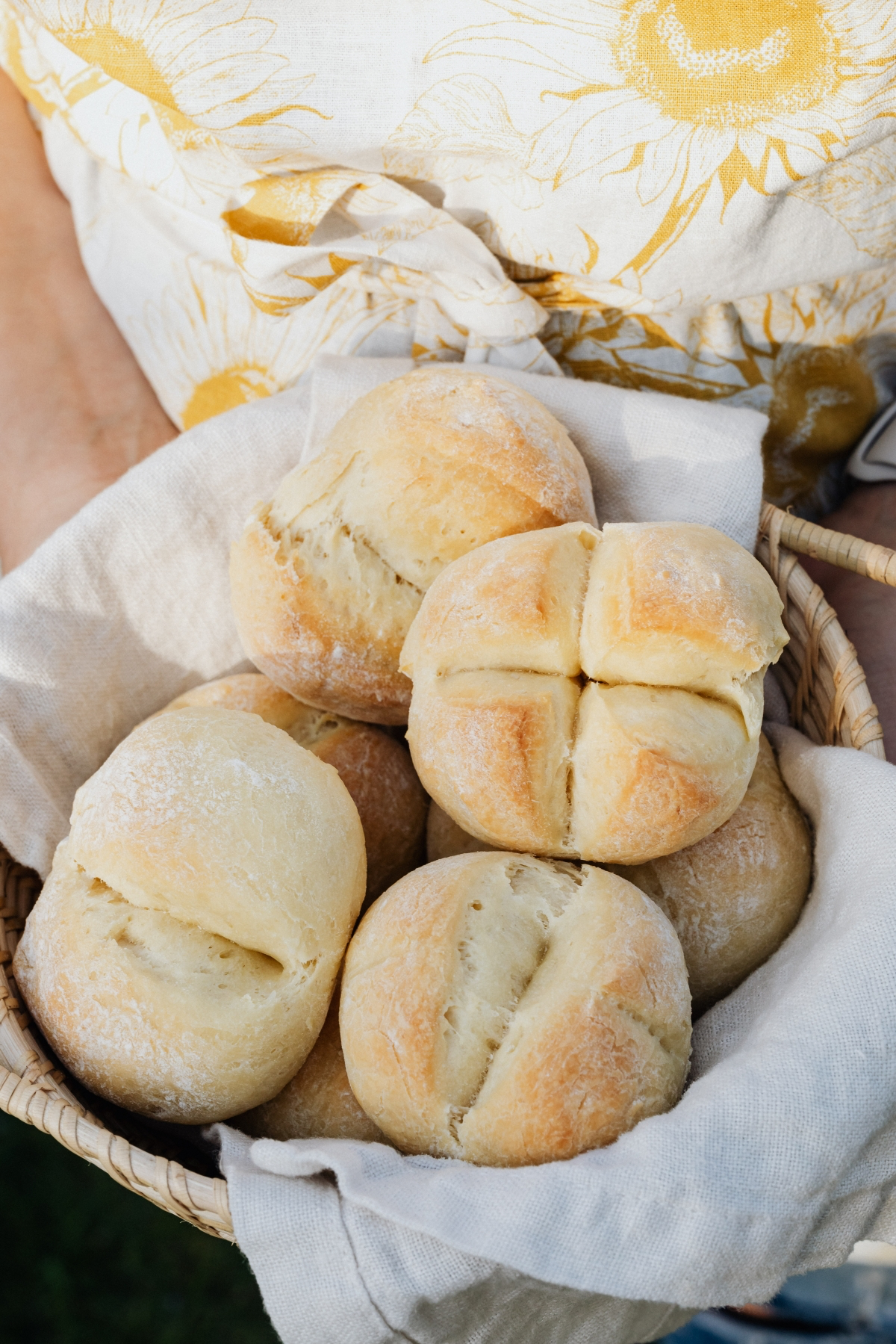
At the same time, that sugary meal makes your body release a flood of insulin. Insulin’s job is to manage blood sugar, but consistently high levels also send a loud and clear message to your body: STORE FAT. This encourages fat cells to get bigger, putting even more pressure on that weakened collagen net. It’s a bit of a vicious cycle that can also stir up low-grade inflammation, which is bad news for your skin’s overall health and circulation.
Oh, and one more thing: salt. Ever notice you feel puffy after a super salty meal, like from a fast-food joint or a frozen dinner? That’s fluid retention. Your body holds onto water to dilute all that sodium, and that swelling can make cellulite look way more pronounced than it actually is. A sluggish lymphatic system, which is your body’s drainage network, doesn’t help either.
The Usual Suspects: Foods That Can Make Things Worse
Okay, now that we’ve covered the science bit, let’s connect it to your grocery cart. Limiting these is your first and most powerful step.
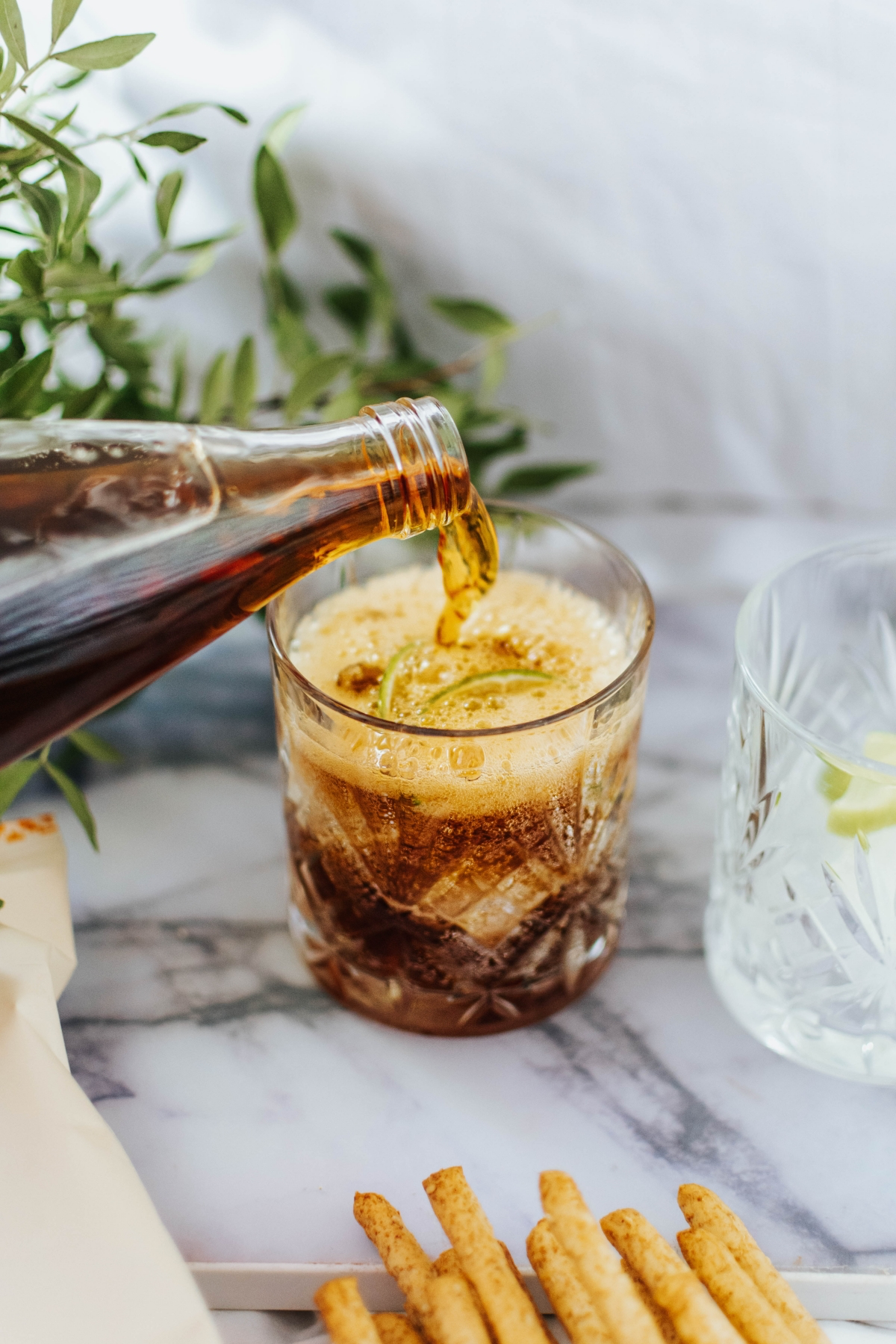
-
Refined Carbs & Added Sugars: This is ground zero. We’re talking white bread, white pasta, cookies, candy, sugary cereals, and especially sugary drinks like soda and sports drinks. They are the main drivers of collagen damage and fat storage. Quick tip: Get good at reading labels. Sugar hides under names like high-fructose corn syrup, dextrose, and cane syrup. If sugar is one of the first three ingredients, it’s probably best to leave it on the shelf.
-
High-Sodium Processed Foods: Convenience comes at a cost. Cured meats like bacon and salami, canned soups, frozen meals, and savory snacks like chips are loaded with sodium. Heads up! Health experts recommend keeping sodium under 2,300mg a day. A single can of soup can easily have 900mg or more, so you HAVE to read the label! A simple fix is to rinse canned veggies or beans under water to wash away some of the extra salt.
-
The Wrong Kinds of Fats: Fat isn’t the enemy, but the type of fat is critical. Man-made trans fats (often listed as hydrogenated oils in things like margarine and commercial pastries) are particularly damaging. They promote inflammation and can harm your circulation, which your skin needs to stay healthy and repair itself. These fats are so notoriously bad that many have been phased out of the food supply, which tells you everything you need to know.
-
The Dairy Question (It’s Complicated): This is a tricky one because it’s so individual. For some people, certain dairy proteins can be inflammatory. And for many, the issue with things like cottage cheese or processed cheese isn’t the dairy itself, but the sky-high sodium content that causes puffiness. My advice? Pay attention to your own body. If you feel bloated after a lot of dairy, try cutting back. If you love cottage cheese, look for the low-sodium versions.
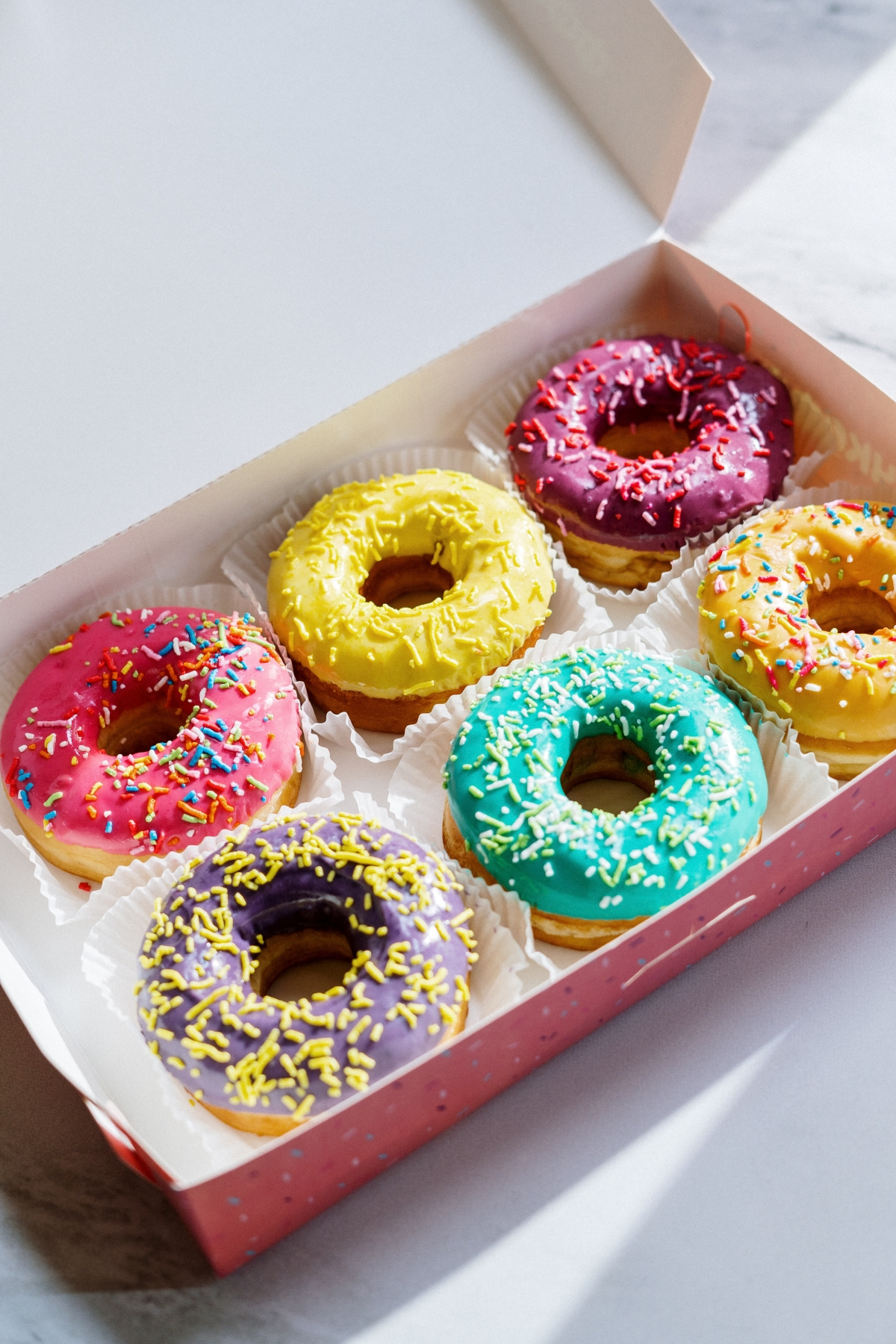
The Good Stuff: Building Your Skin-Friendly Plate
Avoiding the bad stuff is half the job. The other half is actively loading up on foods that give your body the tools it needs to build strong, healthy skin. This is the fun part!
A good way to think about it is with simple swaps. For instance:
- Instead of white pasta, grab a bag of chickpea or lentil pasta. It’s packed with protein and fiber and costs about the same, around $3-$4 a box.
- Swap that sugary soda for sparkling water with a squeeze of fresh lemon or lime.
- Instead of a sodium-bomb canned soup, try heating up some low-sodium bone broth.
Your focus should be on a few key areas:
1. Prioritize Protein and its Helpers: Your body needs protein—specifically amino acids—to build its own collagen. Load up on lean chicken, fish, turkey, eggs, and legumes. And for my plant-based friends, lentils, tofu, quinoa, and chickpeas are your best friends for getting those essential amino acids.
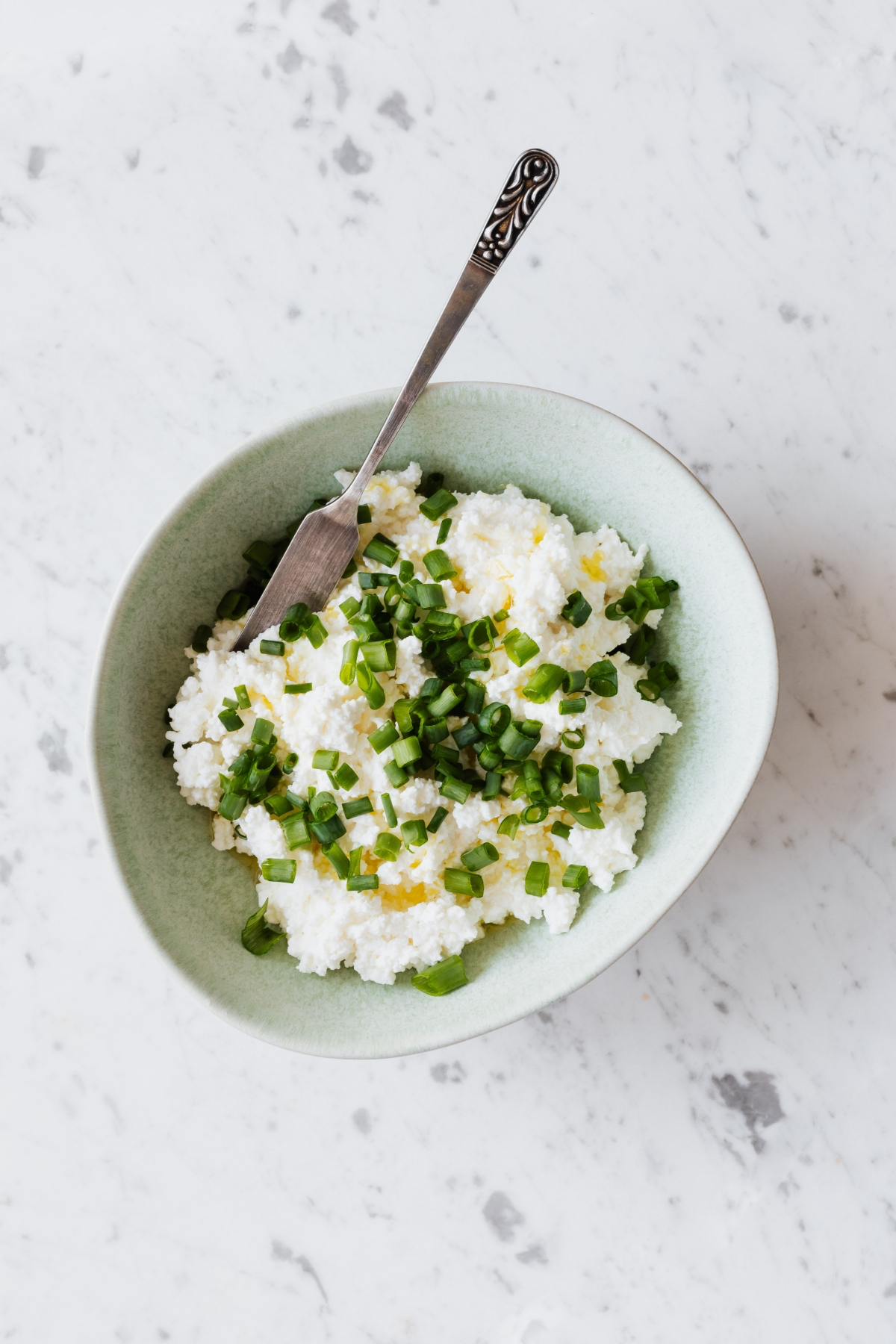
Good to know: Vitamin C is absolutely essential for this process. Without it, your body can’t build collagen effectively. So, make sure you’re eating things like bell peppers, broccoli, kiwi, strawberries, and oranges every single day.
2. Eat a Rainbow of Produce: Antioxidants are your skin’s bodyguards. They protect your existing collagen from damage. You’ll find them in colorful fruits and veggies: dark leafy greens like spinach and kale, all kinds of berries, beets, and sweet potatoes. Pro tip: Don’t sleep on the freezer aisle! Frozen berries and spinach are just as nutritious as fresh and often much cheaper, especially out of season.
3. Hydrate and Balance with Potassium: Drink your water! Aim for 2-3 liters a day to help flush out excess sodium and keep your lymphatic system flowing. To really combat the bloat from salt, you need potassium. This mineral helps your body restore a healthy fluid balance. You’ll find it in delicious foods like avocados, bananas, spinach, salmon, and sweet potatoes.
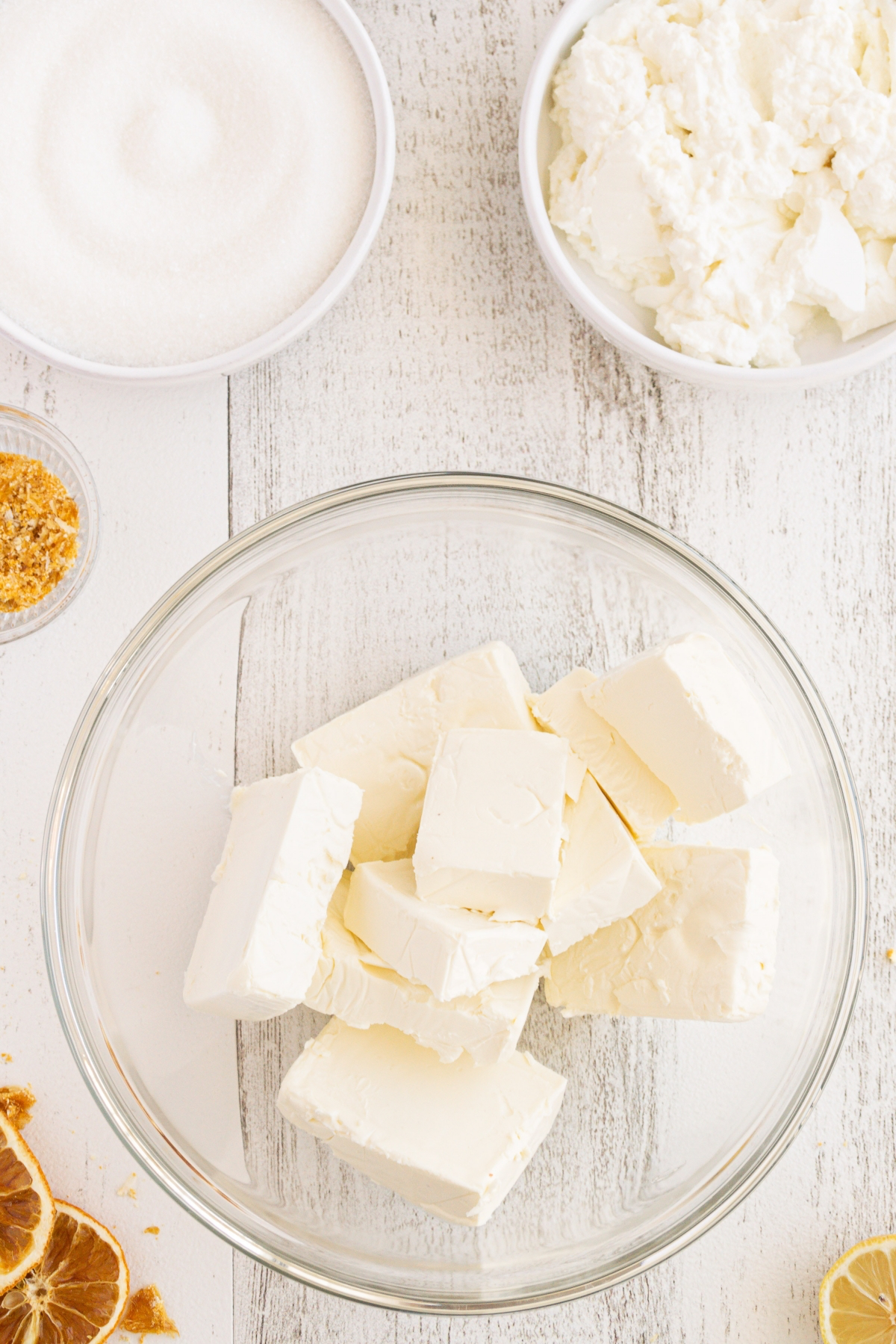
4. Choose Healthy, Anti-Inflammatory Fats: Omega-3 fatty acids are amazing for calming inflammation. The best sources are fatty fish like salmon, mackerel, and sardines. For budget-friendly options, canned salmon or sardines are fantastic and cost just a few dollars a can. Plant-based sources include walnuts, flaxseeds, and chia seeds.
What About Supplements? Let’s Talk Collagen Powder
This is the number one question I get. “Should I just take a collagen supplement?” The research is still evolving, but it’s promising. Some studies have shown that taking hydrolyzed collagen peptides can improve skin hydration and elasticity.
If you want to give it a try, look for a powder labeled “hydrolyzed collagen” or “collagen peptides,” as these are broken down and easier for your body to absorb. You can find them online or at health food stores, typically costing between $25 and $40 for a month’s supply. Just remember, it’s a supplement to a good diet, not a substitute for one. You can’t live on junk food, add a scoop of collagen to your coffee, and expect a miracle.
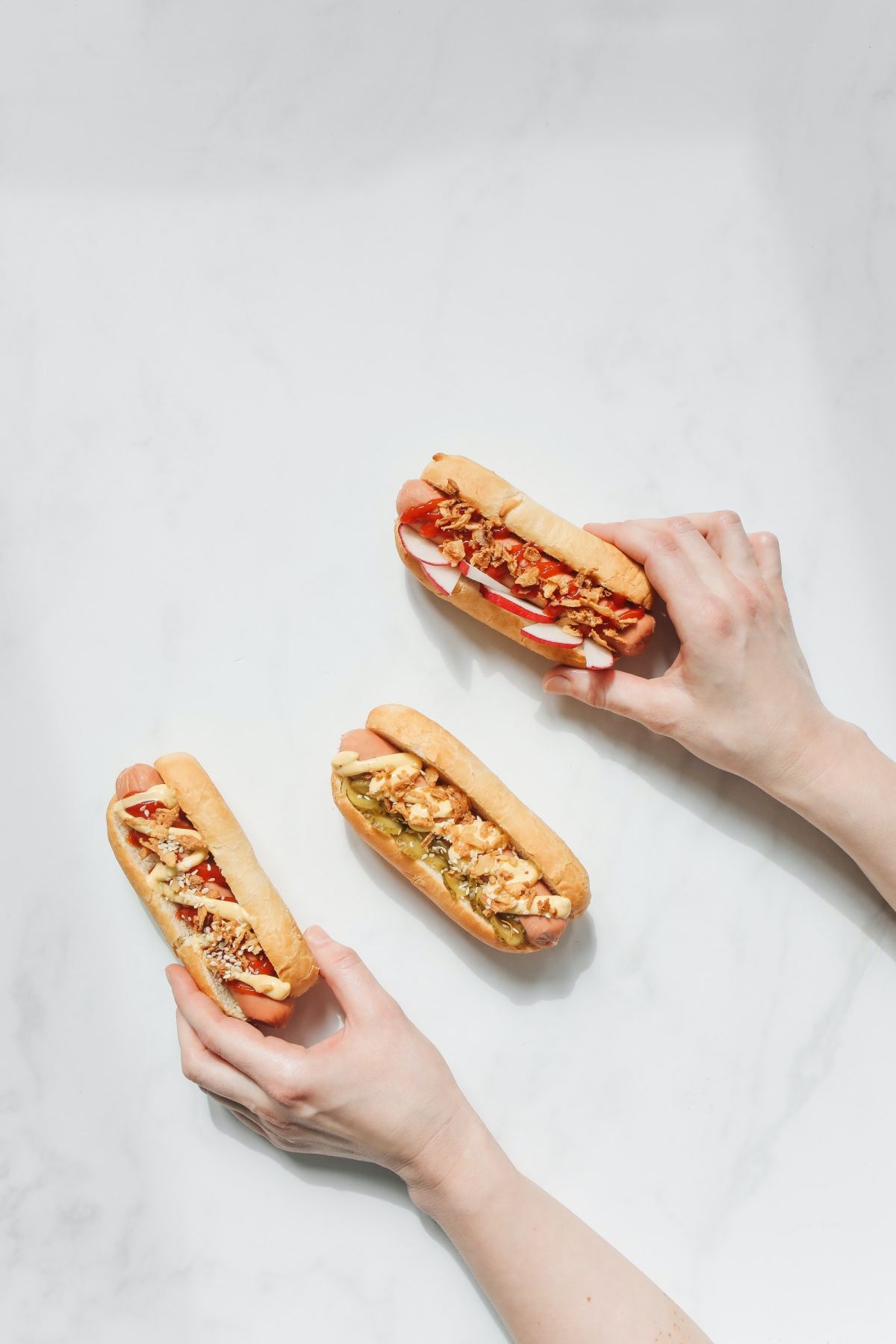
It’s Not Just About the Food, Though
A truly effective plan looks at the whole picture. I remember one client, a 45-year-old busy mom, who was so frustrated. We focused on her diet, but I also encouraged her to start strength training twice a week. It wasn’t about weight loss; it was about building lean muscle in her legs. More firm muscle provides a better, smoother foundation under the skin. After a few months of consistently eating well and lifting weights, she told me she felt so much more confident because the skin on her thighs looked and felt tighter and less “puffy.” It’s those small, consistent changes!
Things like exercise improve circulation, bringing more oxygen to your skin and helping flush away waste. Even simple habits like dry brushing your skin for a few minutes before you shower can help by temporarily boosting blood flow and lymphatic drainage, making skin look smoother for a bit.
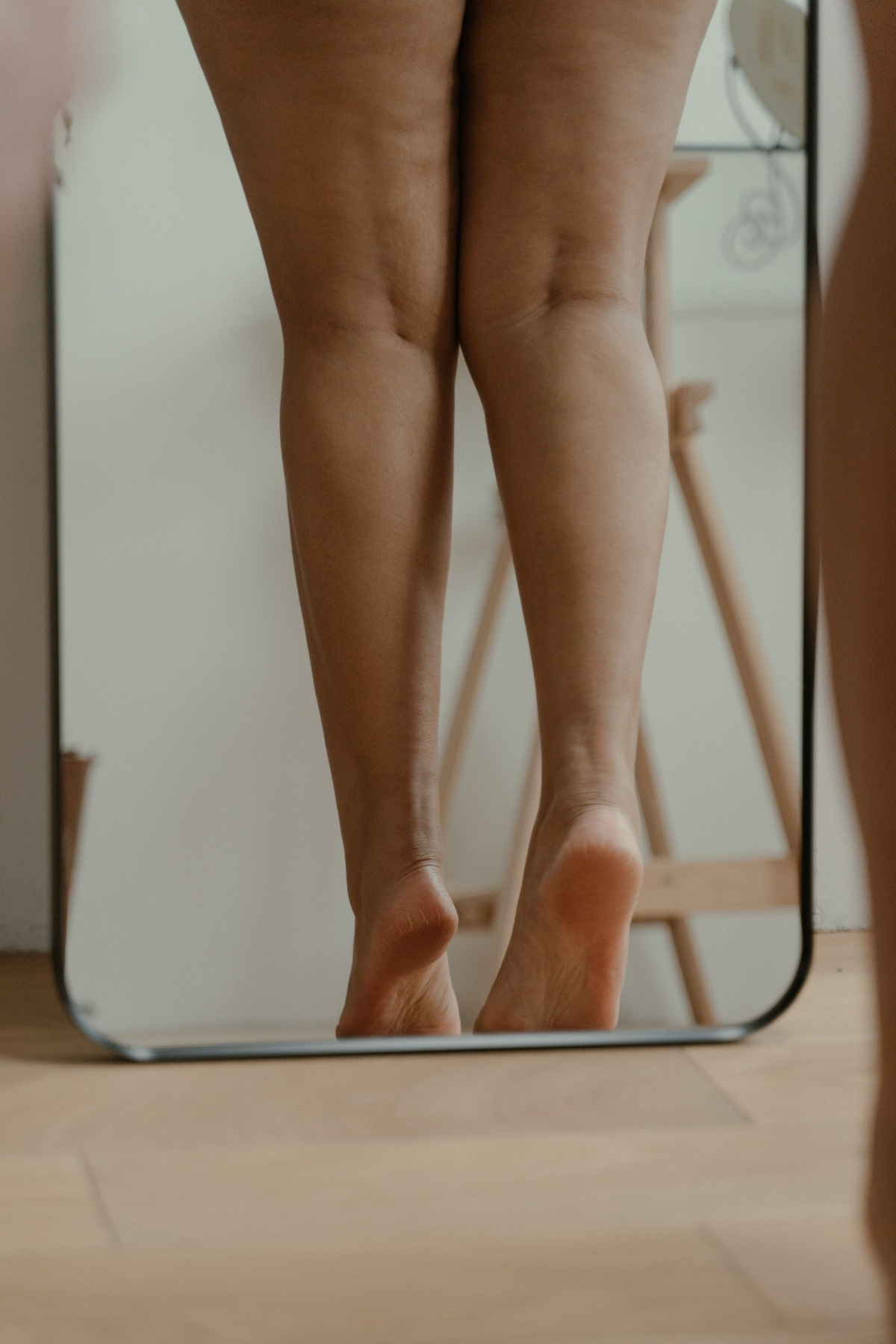
The Bottom Line: Patience is Your Secret Weapon
Feeling overwhelmed by all this? It’s okay. Just start with one thing.
Here’s a quick win you can do today: Swap your usual afternoon snack for a handful of walnuts and an orange. That’s it. You just gave your skin anti-inflammatory fats and the Vitamin C it needs to build collagen. Boom. Start small.
Please be realistic with your expectations. These changes happen slowly, from the inside out. You’re not going to see a huge difference in a week. It takes consistent, positive habits over three to six months to see real, noticeable changes in skin texture. Patience and consistency are your greatest allies on this journey.
And a final heads up! The advice here is for general information. If you have any health conditions like kidney disease or diabetes, it’s super important to talk to your doctor or a registered dietitian before making big dietary changes. They can help you create a plan that’s safe and perfect for you.
From my experience, the people who get the best results are the ones who ditch the quick-fix mindset. They accept what cellulite is and commit to a long-term strategy of truly nourishing their body. This approach not only helps their skin but also gives them more energy and better overall health. And really, that’s the ultimate goal, isn’t it?
Inspirational Gallery
Beyond just drinking water, you can EAT your hydration. Incorporating water-rich foods helps keep your cells plump and skin tissue supple, which can visually soften the appearance of dimples. It’s a simple, delicious strategy.
- Cucumber: At 96% water, it’s a hydrating superstar.
- Watermelon: Not just hydrating, it also delivers lycopene, an antioxidant that helps protect skin cells.
- Celery: Its high water and mineral content works to help flush excess sodium.
One sneaky culprit: Your evening glass of wine. Alcohol is dehydrating and places a burden on your liver. When the liver is overworked processing alcohol, its other jobs, like balancing hormones and filtering waste, can fall behind. This can contribute to the inflammation and fluid retention that make dimples more obvious. Moderation is a powerful tool for your skin.
- Firmer, more resilient skin.
- A noticeable reduction in systemic inflammation.
- Stronger cellular structure from the inside out.
The secret to unlocking these benefits? Prioritizing Omega-3 fatty acids. Found in abundance in wild-caught salmon, mackerel, chia seeds, and walnuts, these essential fats are crucial for building robust cell membranes, keeping skin tissue hydrated and better able to hold a smooth line.
Is taking a collagen supplement really worth it?
While your diet should always be your primary focus, high-quality hydrolyzed collagen peptides can be a powerful co-pilot. Look for reputable brands like Vital Proteins or Garden of Life that offer types I and III collagen. When ingested, these provide the specific amino acids—glycine, proline, and hydroxyproline—your body uses as direct building blocks for skin and connective tissues. It’s a support system, not a magic bullet.
There’s a reason the Mediterranean way of eating is consistently linked to better health. It’s not a restrictive
For a temporary boost: Dry Brushing vs. Coffee Scrubs.
Dry Brushing: Using a natural bristle brush on dry skin, this technique stimulates lymphatic drainage to help flush away excess fluid. It’s an invigorating ritual that boosts circulation.
Coffee Scrubs: The caffeine can temporarily dehydrate fat cells and tighten skin, making dimples less noticeable for a few hours. The scrubbing action also exfoliates.
Think of them as topical allies that complement your long-term dietary efforts.
Did you know? The average Western diet can contain up to three times more sodium than potassium.
This imbalance is a key driver of fluid retention. While you cut back on salty processed foods, actively increase your potassium intake. This mineral helps your body excrete excess sodium and water. Reach for bananas, avocados, spinach, and sweet potatoes to help restore a healthy balance.
Worried that ‘skin-healthy’ eating will break the bank?
Smart swaps make it affordable. Instead of expensive fresh salmon, try canned sardines or mackerel, which are packed with Omega-3s. Choose frozen berries over fresh ones—they retain their antioxidants and Vitamin C. And don’t forget humble powerhouses like lentils and cabbage; they’re loaded with the protein, fiber, and vitamins your skin craves.










